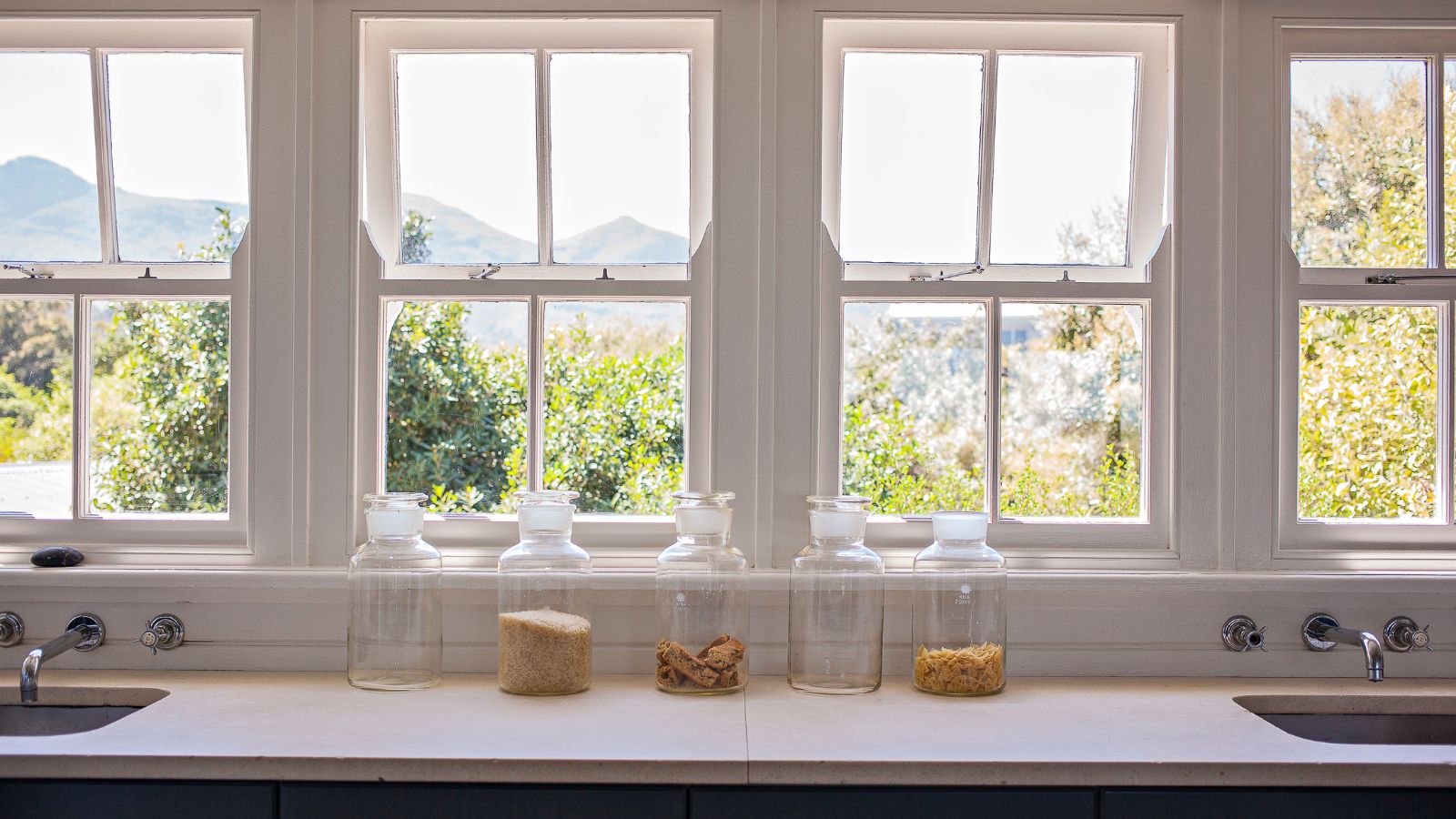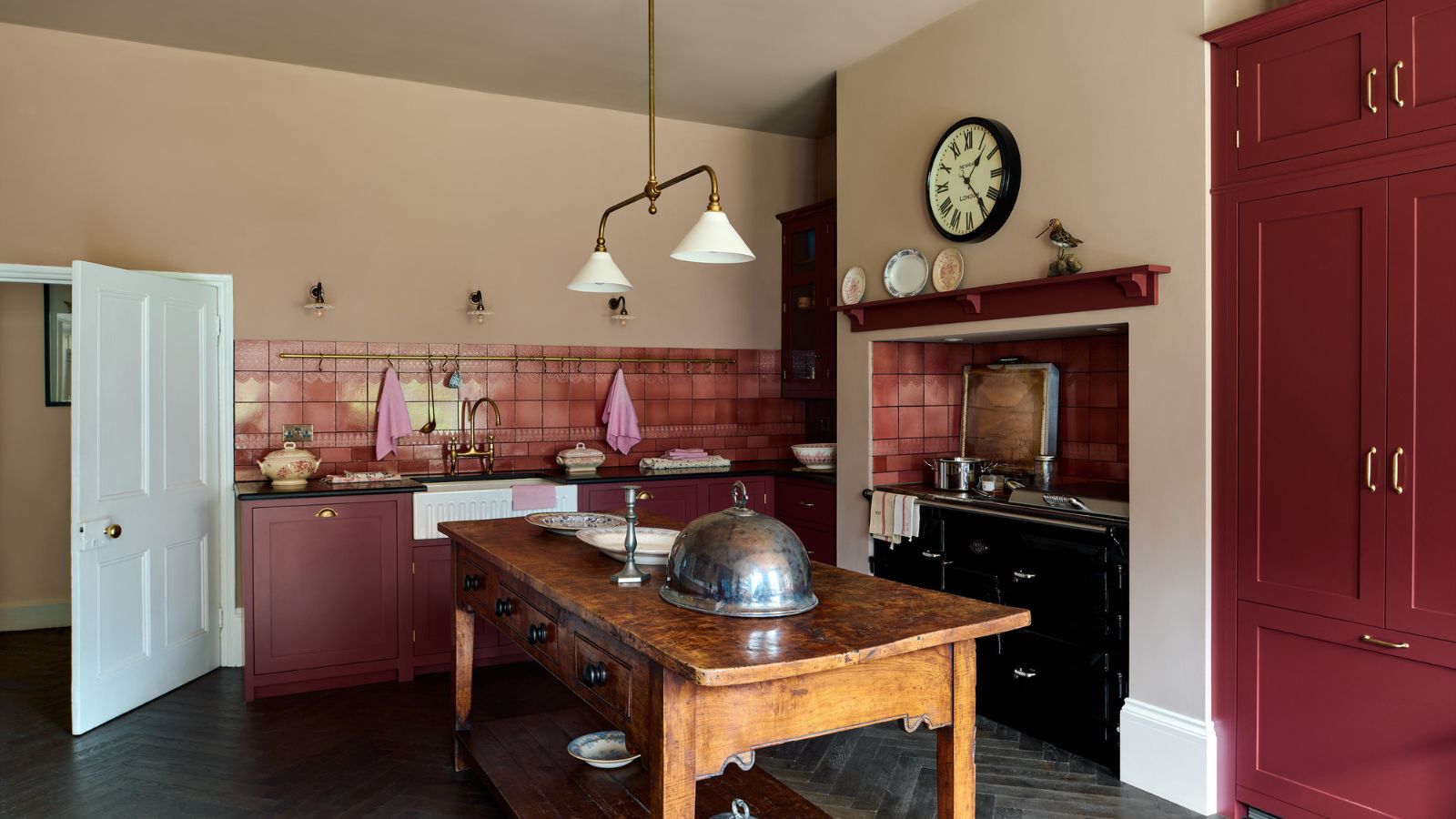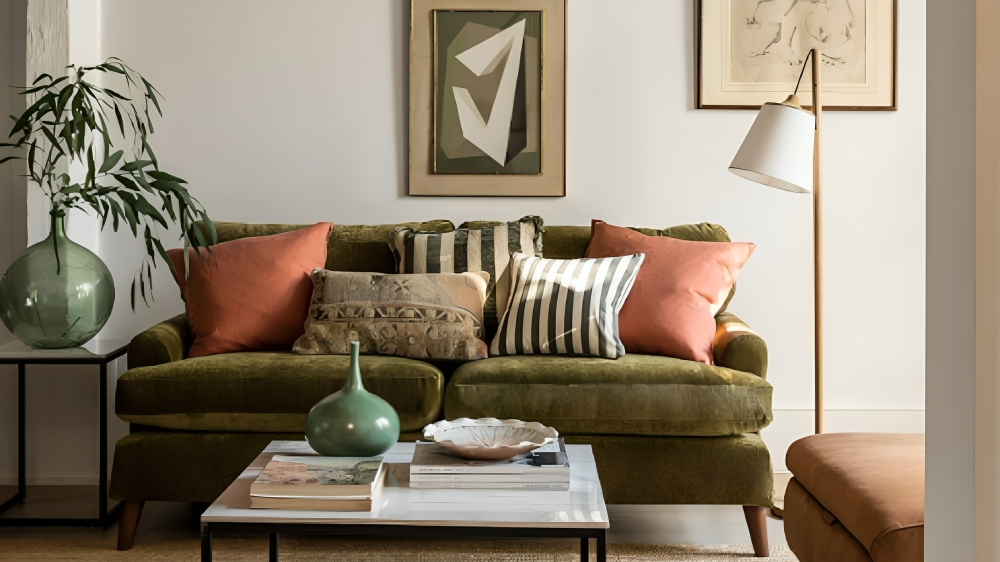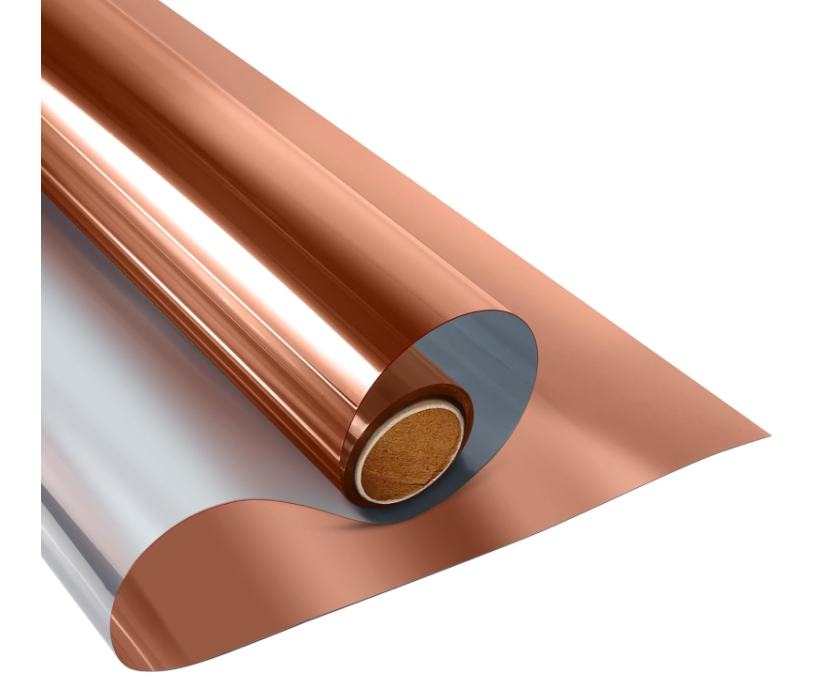5 tricks to stop your window panes from attracting too much heat
You’ll be surprised to hear just how many options are out there to cool down your window panes this summer


Most of us love waking up to the sun’s rays beaming through our windows – what better way is there to start the day than knowing there are clear skies ahead? But as the morning unfolds, ticking into the afternoon, that same heat can become unbearable, turning your sparkling window into, what at a surface touch, feels like a baking oven.
To keep your home cool in a heatwave, knowing little else to do, you end up closing your curtains and cranking the AC on full blast. So much for enjoying a beautiful day.
Suffer in the heat no longer, as we talked to window manufacturers to learn how to stop your window panes from attracting so much heat throughout the day. After following these tips and tricks to cool down the glass, you’ll be back to making the most of the season in no time. These tips are also useful when designing a house that stays cool too.
1. Install solar screens or shades

Similar to how you can attach light blockers to the windows of your car, you can attach a solar shade to the windows in your home. Depending on the shade of screen you opt for, less or more light will still make its way into your home but regardless of your tint choice here’s the best part – they absorb the sun’s heat before it even has a chance to reach your glass!
‘Exterior solar screens or shades can intercept sunlight before it reaches windows, reducing the amount of heat absorbed by the glass,’ says Ernie Cappello, CEO and Resident Window Expert at Window Fix. ‘These screens can be retractable or fixed to the window itself and they offer many benefits such as improved energy efficiency, glare reduction, and preservation of views.’
2. Install a reflective window film

A reflective window film operates in much the same way as a solar screen, minus the alteration to natural lighting. If you use one of these, the lighting coming through your window will look completely normal as opposed to tinted.
‘A reflective window film reduces heat gain while still allowing visible light to pass through, maintaining natural lighting,’ says Ernie. ‘The benefits of using one of these include reduced cooling costs, increased comfort by reducing glare and heat, and protection against UV damage to interior furnishings.’
Most reflective window films are applied directly to the interior surface of your window using water or an adhesive solution depending on the brand.
3. Improve ventilation in your home
Blasting the AC may seem to hold merit after all, but what would be better is making a conscious decision to improve the ventilation of your entire home wherever possible. Shut the curtains on windows facing the sun until it sets in the evening, and open your home’s windows and doors during cooler parts of the day. Doing this will help your windows to cool down during the day and at the end of the day, allowing the old stuffy air a chance to leave your house.
‘Enhancing natural ventilation in the home, especially during cooler parts of the day, can help dissipate excess heat that accumulates indoors,’ says Ernie. ‘This can be achieved through strategically placed windows, vents, or the use of fans to facilitate airflow.’
4. Plant trees or install awnings

Increasing the amount of shade near your windows makes a lot of sense when it comes to cooling down the glass. When you’re hot outside, what do you do? You seek shade. Creating shade for your windows through building awnings or stocking up on shady plants is a great way to banish the boiling weather from your window panes – plus it will make your home exterior look evermore summer-esque.
‘Strategically planting trees or installing awnings outside windows can provide natural shade,’ says Ernie. ‘Trees with dense foliage can block sunlight during the hottest parts of the day, reducing solar heat gain through windows. Awnings also provide shade and can be retractable to allow sunlight in during cooler times of the year.’
5. Upgrade to Low-Emissivity Windows
If you’re tired of the summer heat and your windows are past the point of just needing some love and attention, this might be ideal to consider when purchasing your next panes. Low-E, or ‘Low-Emissivity’ windows are specially designed to act thermal, bringing the best benefit to your home – warmth in winter and coolness amid warmer weather.
‘Low-E windows have a special coating that reflects infrared light while allowing visible light to pass through,’ says Ernie. ‘This helps in reducing heat transfer through the windows, keeping interiors cooler in summer and warmer in winter.’
Sign up to the Homes & Gardens newsletter
Design expertise in your inbox – from inspiring decorating ideas and beautiful celebrity homes to practical gardening advice and shopping round-ups.

Ciéra is a writer and regional laureate with particular passions for art, design, philosophy and poetry. As well as contributing to Livingetc, she's an Editorial Assistant for Design Anthology, and a contributing writer for Homes & Gardens and Apartment Therapy. Previous commendations of hers include being Highly Commended by The Royal Society of Literature and receiving a prestigious MA Magazine Journalism scholarship to City University, London.
-
 There's a rustic cottage hiding on Wayfair – it may seem unorthodox, but this tiny home taps into a growing nomadic trend (and it's under $16K)
There's a rustic cottage hiding on Wayfair – it may seem unorthodox, but this tiny home taps into a growing nomadic trend (and it's under $16K)This 'wonderful' wooden farmhouse perfects a growing trend that's changing how we see our homes – it's tiny, but somehow, it doesn't sacrifice comfort
By Megan Slack
-
 5 freezer cleaning mistakes you must avoid – or risk compromising your food quality and shortening the lifespan of your appliance
5 freezer cleaning mistakes you must avoid – or risk compromising your food quality and shortening the lifespan of your applianceAvoid these blunders for a safer kitchen
By Seraphina Di Mizzurati
-
 I tried using a paper towel holder to organize trash bags – it’s a sleek and space-saving solution that will transform cramped storage spots
I tried using a paper towel holder to organize trash bags – it’s a sleek and space-saving solution that will transform cramped storage spotsIt makes changing liners around the house so much easier
By Eve Smallman
-
 ‘Completion days’ are the answer to laundry doom piles, pro organizer claims – here’s how this hack can instantly stop fresh laundry from piling up once and for all
‘Completion days’ are the answer to laundry doom piles, pro organizer claims – here’s how this hack can instantly stop fresh laundry from piling up once and for allStay on top of your laundry with the 'Completion days' method
By Chiana Dickson
-
 This laundry heap hack will do away with doom piles – here’s how to use it to prevent mess and speed up laundry
This laundry heap hack will do away with doom piles – here’s how to use it to prevent mess and speed up laundryThis method can help you put away your clothes in minutes
By Chiana Dickson
-
 7 questions to ask yourself before moving house – realtors promise answering these questions will prevent buyer's regret
7 questions to ask yourself before moving house – realtors promise answering these questions will prevent buyer's regretDon’t make your move harder, ask these questions before moving to avoid mistakes
By Chiana Dickson
-
 ‘It leads to more headaches than it's worth’ – 4 reasons you should never store things in your oven, including fire risks and serious illness
‘It leads to more headaches than it's worth’ – 4 reasons you should never store things in your oven, including fire risks and serious illnessYour oven is for cooking, and cooking only, experts urge
By Chiana Dickson
-
 It’s a concept straight out of a fashionista's playbook, but I used the Sandwich Method to organize my kitchen shelves – it’s never looked sleeker
It’s a concept straight out of a fashionista's playbook, but I used the Sandwich Method to organize my kitchen shelves – it’s never looked sleekerIt transformed messy to mesmerizing in a matter of seconds
By Punteha van Terheyden
-
 The value-based decluttering method changed my attitude toward the task – and turbocharged functionality in my small home
The value-based decluttering method changed my attitude toward the task – and turbocharged functionality in my small homeIt's proven to be transformative for my home over the last six months
By Chiana Dickson
-
 5 low-energy and useful tasks to try instead of doom-scrolling – this brain hack will break bad habits
5 low-energy and useful tasks to try instead of doom-scrolling – this brain hack will break bad habitsExperts urge you to try it for your wellbeing
By Chiana Dickson


